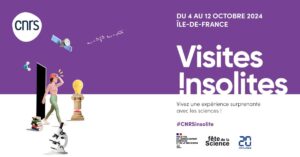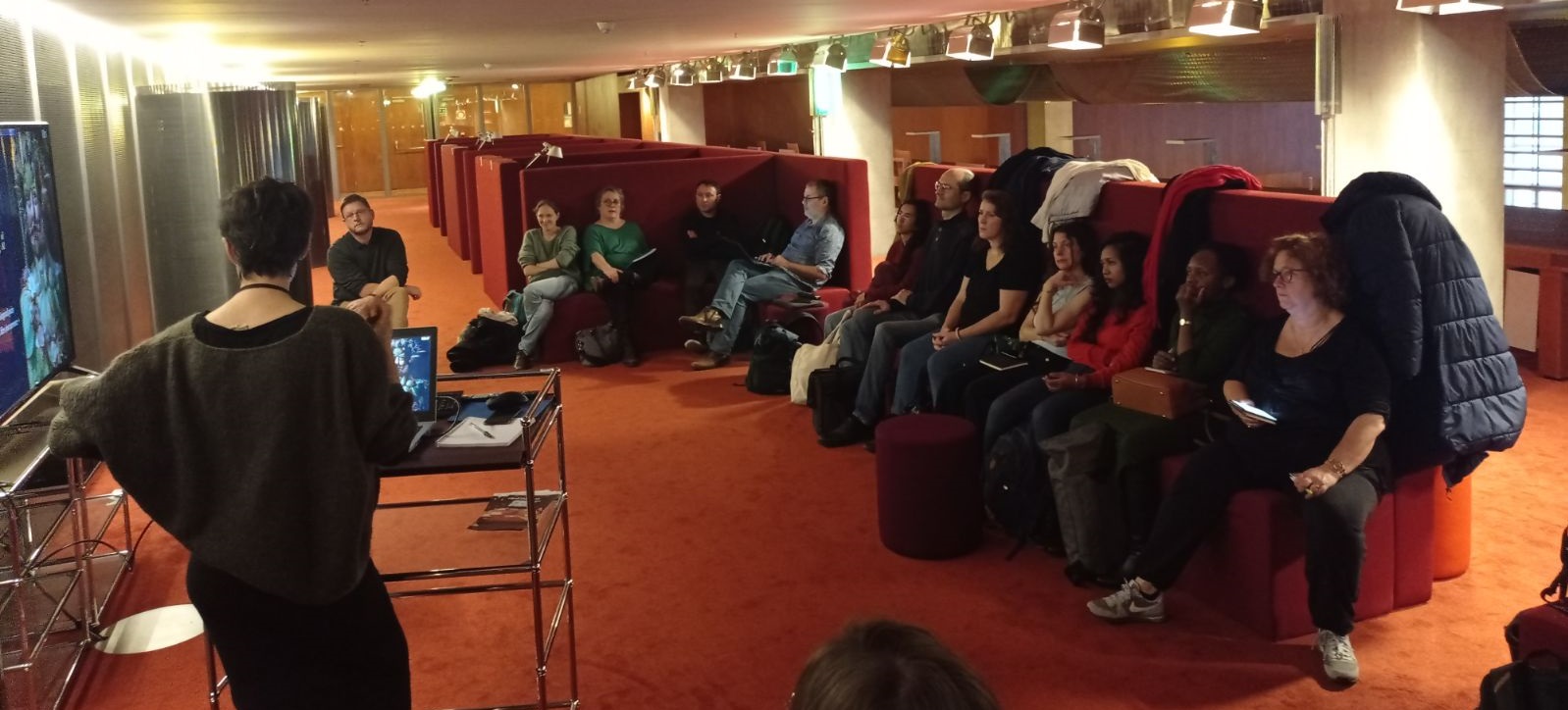[TACOL] Mezane KONUK │ “Correlative constructions in Abzakh: an interrogative-based structure?”
Séminaire Terrains, Analyse et COmparaison des Langues (TACOL)
The next session of our TACOL seminar will take place on Tuesday, May 21 at 2:30 pm, on Zoom.
We will have the pleasure to listen to Mezane KONUK (LACITO).
Title of talk: “Correlative constructions in Abzakh: an interrogative-based structure?”
Abstract:
The correlative constructions were first studied in Indo-Aryan languages where a sentence-initial relative clause has a demonstrative correlate in matrix clause. But in recent works, it has been attested that the correlative constructions may show morphosyntactic differences. The reason why the diversity of these constructions has not received a high interest until recently is that they are disguised in another structure attested in the given language (e.g. counterfactuals etc.). Thus, from typological point of view, classification of the correlative types is not easy and requires a detailed look on the morphosyntactic properties of the given language.
From an areal point of view, a classification of the correlatives in the Caucasian languages either as relativization-based or interrogative-based constructions has been proposed. At first sight, Circassian might be considered to have an interrogative-based construction due to the use of interrogative pronouns. Nevertheless, the morphosyntactic properties of a correlative construction and that of a partial interrogative sentence are different, which leads us to reconsider this classification method.
In this talk, we will discuss the morphosyntactic features of the correlative constructions in comparison to those of the interrogative sentences. The data comes from the Abzakh dialect (West Circassian), bringing out an overt counterfactual schema in the correlative constructions.
Key words: correlative constructions, Circassian, Abzakh, interrogative-based correlatives, counterfactuals.
For further information, please contact Lameen Souag


